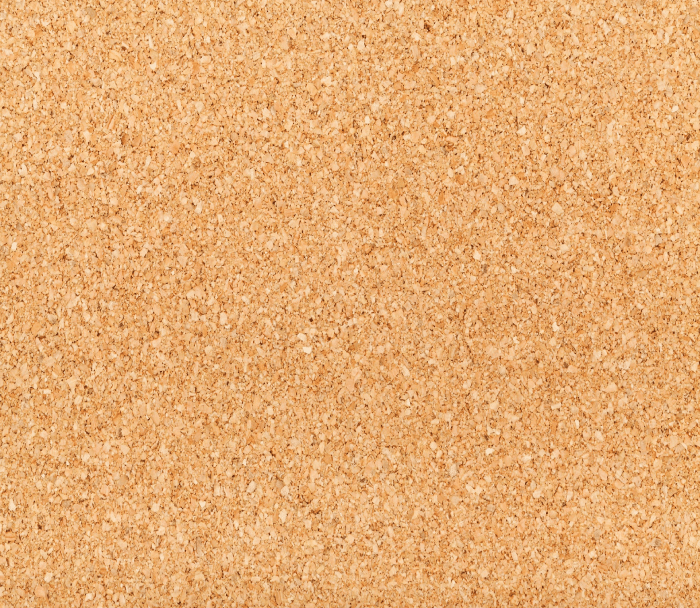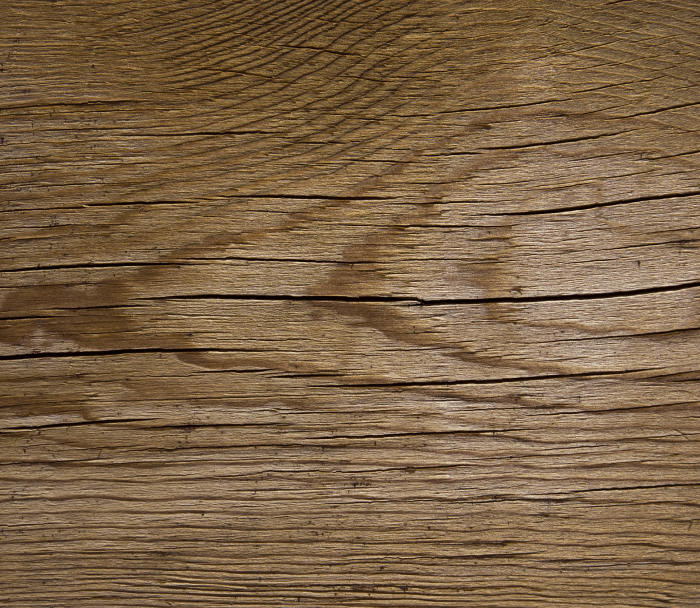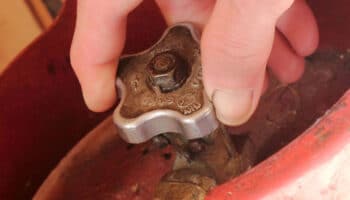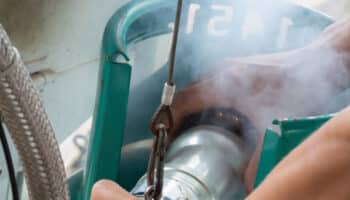We've independently reviewed this article to make sure it's as accurate as we can make it.
To find out more about our article creation and review process, check out our editorial guidelines.
Feeling confused about the differences between cork vs rubber underlayment?
Don’t worry; understanding flooring underlay materials and selecting the best option can be tricky. Luckily, in this article, you’ll learn how they compare.
Rubber underlayment is typically more expensive, but it can also be more effective at reducing impact noise, though the material has a noticeable smell. On the other hand, cork underlayment is a more affordable option, but a thicker layer can be needed to match rubber’s sound reduction.
Read on to learn more about their differences and make the right choice for your home!
Cork vs Rubber Underlayment
When choosing between cork and rubber underlayment, the challenge lies in knowing their sound reduction quality, price differences, and added benefits.
To make things easier for you, I’ll compare both materials across three categories in this section.
#1 Acoustics and Sound Reduction
My usual advice when choosing rubber or cork underlayment is to consider their sound reduction, as hardwood flooring can be very noisy.
Cork underlayment can naturally insulate sound, thanks to its cellular structure.

We’ve all seen the memory foam commercials where it’s compressed and then pops back up and regains its original shape. Cork has the same characteristics that provide a barrier against sound waves, just not to the same extent.
The millions of cells in cork are laid out in a honeycomb pattern and are filled with air. Just a single cubic inch of cork can have up to 100 billion of these air pockets—all providing insulation, but more importantly, the pockets of air will deaden sound in all directions.
Here are some sound-deadening stats for cork underlayment:
| Thickness | Sound Reduction Capabilities |
| 12mm cork | Can reduce sound by up to 48 decibels |
| 6mm cork | Can reduce sound by up to 23 decibels |
| 3mm cork | Can reduce sound by up to 13 decibels |
Something else to look out for is an STC score (Sound Transmission Class). The score is based on how sound travels through various building components, including floors, walls, windows, doors, and more.
While the STC score is often only important in multi-family and commercial buildings, it also has relevance for single-family homes.
At 6mm or 1/4 inch thick, most cork underlayment has an STC score of 50. If you double the cork (i.e., going to 12mm), the STC core doubles as well. So thicker is better.
But what about rubber underlayment?
When it comes to sound reduction, I find that rubber wins against cork. While cork can reproduce the same noise reduction, cork underlayment needs significantly more material to achieve it. To get the same benefits, cork needs to be 30% thicker than rubber underlay.
#2 Cost
Considering the cost of cork and rubber underlayment is also crucial, especially if you’re on a budget.
The cost of cork underlayment will vary depending on how thick it is. Typically, the range is between $0.55 and $1.30 per square foot.
| Thickness in Inches | Price Per Square Foot |
| 1/8 | $0.55 |
| 1/4 | $0.65 |
| 1/2 | $1.30 |
Sure, there are cheaper options, but cork has great advantages that other materials do not have.
High-quality rubber can be more expensive than cork. Good EPDM sheet rubber underlayment can cost between $2 and $4 per square foot at 4 mm thickness. But remember what I said above about needing 30% more for the cork to be equal to rubber in noise reduction?
Using the cork pricing info above, we get the following costs:
| Material | Thickness | Cost |
| Cork | 12 mm (1/2”) | $1.30 per sq f |
| Rubber | 8 mm (1/3”) | $4 to $6 per sq f |
Granted, there’s a good chance you wouldn’t need underlayment that thick, but it’s a helpful comparison.
And remember, the underlayment is on top of the cost of your flooring. Are you prepared to add the cost of rubber to your installation? I’ve seen many say no and go for cork.
#3 Added Benefits
When discussing added benefits, I find that rubber and cork underlayment are similar.
Rubber will offer the same additional benefits you’ll get from cork.
Hardwood flooring is hard, meaning there is an impact on your body with every step you take. An underlayment like cork or rubber reduces the impact since it adds a layer of softness.
Cork and rubber can also reduce stress cracks caused by moisture in the air, which is great if you want to protect your flooring investment.

Cork and rubber underlayment are also eco-friendly, durable, and resistant to mold and mildew. However, it’s worth noting that rubber can be more difficult to install and have a noticeable smell, which is a bummer if you’re sensitive to odors.
Overall, both cork and rubber are great options. The ultimate decision will vary depending on your needs and preferences.
Wrapping Up: Key Differences Between Cork and Rubber Underlayment
Hopefully, now you’ll be able to choose between cork vs rubber underlayment.
Remember, you should buy cork underlayment if you’re looking for a cost-effective option to reduce sound. Go with rubber if you want a thinner underlayment that does a better job at noise reduction and you’re not sensitive to odors.
It all depends on your needs. Whichever you choose will help silence the echoing noise in your home.
Thanks for reading to the end! If you found this article helpful, please check out our other guides below.
Have a great day!







